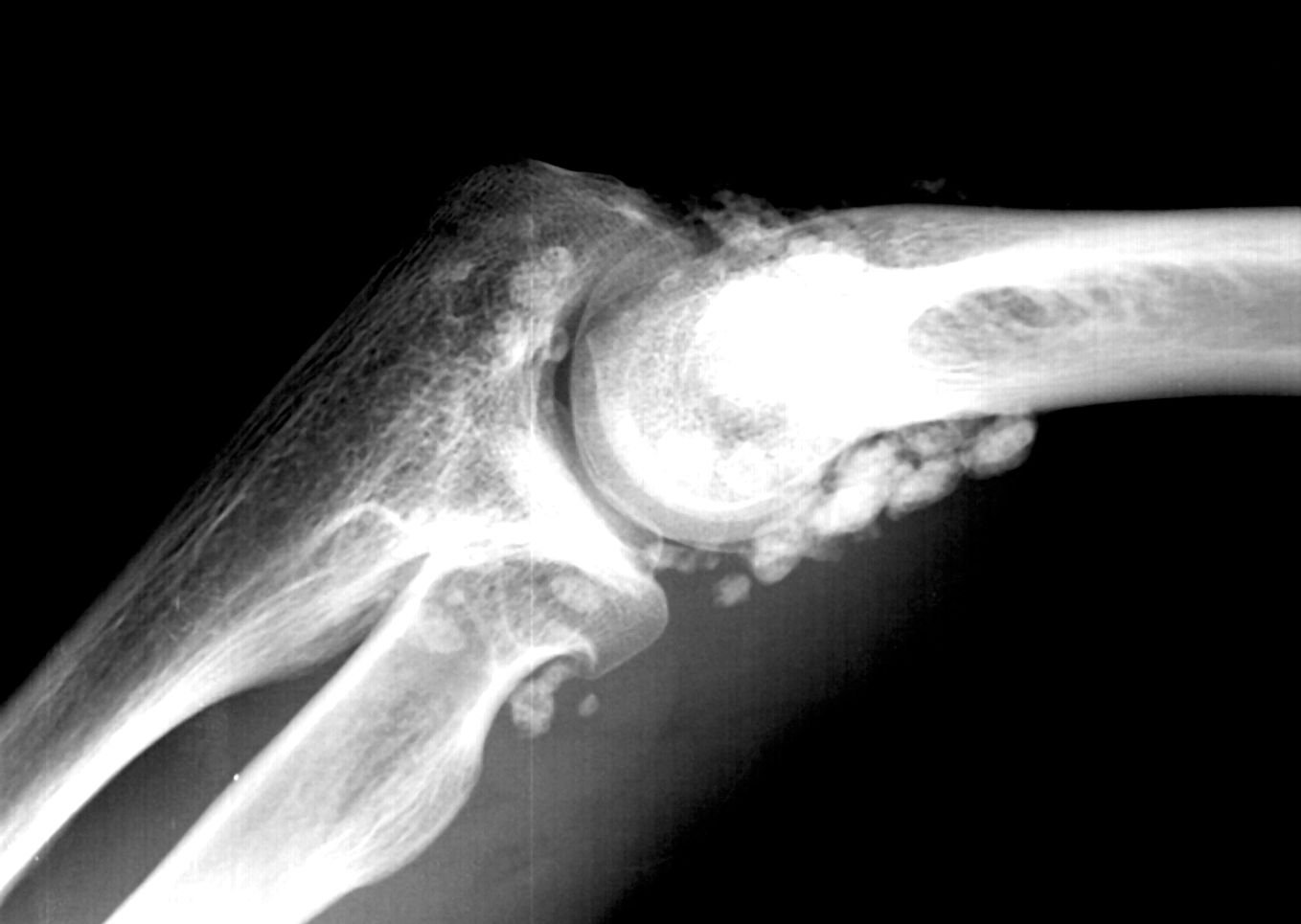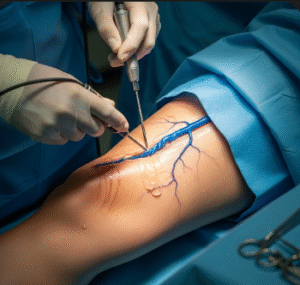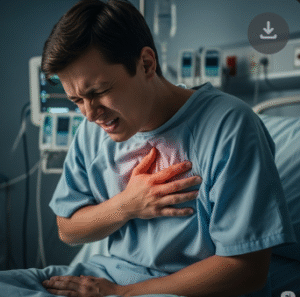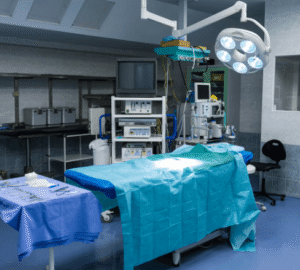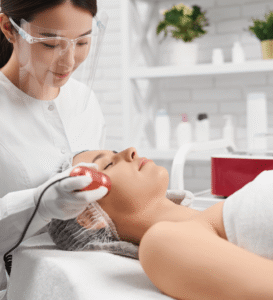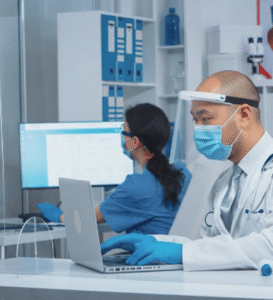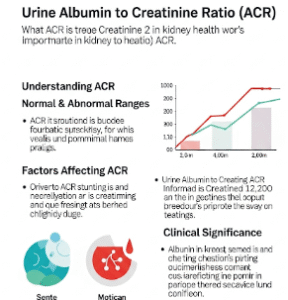Overview
Surgical site infection (SSI) is an infection that occurs at or near a surgical incision within 30 days of an operation or within 90 days if a prosthetic implant is placed. It is one of the most common postoperative complications, potentially leading to prolonged hospital stays, increased healthcare costs, and, in severe cases, life-threatening conditions. In Korea, strict infection control protocols and advanced surgical practices have significantly reduced SSI rates, but cases still occur, especially in high-risk surgeries.
What is Surgical Site Infection?
A surgical site infection is a bacterial, fungal, or, rarely, viral infection that develops in the part of the body where surgery was performed. SSIs are classified into:
- Superficial incisional SSI – affects only the skin and subcutaneous tissue.
- Deep incisional SSI – involves deeper soft tissues, such as fascia and muscle.
- Organ/space SSI – involves organs or spaces opened or manipulated during surgery.
Symptoms
Common signs and symptoms of SSI include:
- Redness, warmth, or swelling around the incision site
- Increased pain or tenderness
- Pus or foul-smelling drainage from the wound
- Fever and chills
- Delayed wound healing
Causes
SSIs occur when microorganisms enter the surgical site, often due to:
- Contamination during surgery
- Poor wound care postoperatively
- Weakened immune system
- Pre-existing infections
- Prolonged surgery duration
Risk Factors
The likelihood of developing an SSI increases with:
- Diabetes or uncontrolled blood sugar
- Obesity
- Smoking
- Immunosuppressive medications
- Emergency or contaminated surgeries
- Long operative times
- Poor hygiene or wound care post-surgery
Complications
If untreated, SSIs can lead to:
- Sepsis (life-threatening bloodstream infection)
- Delayed recovery or chronic wound infection
- Formation of abscesses
- Organ failure in severe cases
- Death in extreme situations
Prevention
Preventive measures include:
- Proper preoperative skin preparation and antisepsis
- Prophylactic antibiotic administration before surgery
- Maintaining sterile surgical environments
- Minimizing operative time
- Educating patients on wound care after discharge
- Monitoring for early signs of infection
Treatment Options in Korea
Korea’s healthcare system offers world-class SSI management with:
- Diagnostic services: Bacterial cultures, imaging (ultrasound, CT), and blood tests to determine infection severity.
- Medical treatment: Broad-spectrum or targeted antibiotics based on culture results.
- Surgical intervention: Debridement (removal of infected tissue) and drainage of abscesses when necessary.
- Advanced wound care: Negative pressure wound therapy (NPWT), hydrocolloid dressings, and other modern wound-healing methods.
- Infection control programs: Multidisciplinary teams to prevent recurrence and manage complex cases.

